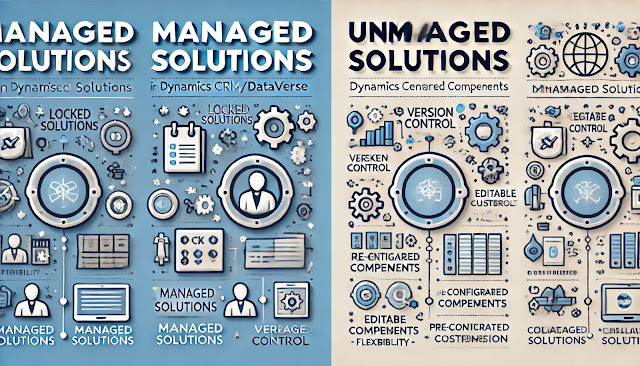Dynamics 365 Field Service : Configure incident types and suggestions
In Dynamics 365 Field Service, efficiently managing work orders begins with setting up well-defined incident types and intelligent suggestions. These features help technicians and dispatchers quickly select the right tasks, services, and products required for a job—saving time and improving service consistency.
What is an Incident Type?
An Incident Type is a predefined template that represents a common service issue or job scenario. It bundles together the services, tasks, and products usually required to resolve a specific problem.
Example:
An HVAC repair company might have an incident type called “AC Unit Inspection” that includes:
- Service Task: Inspect filters
- Product: Replace air filters
- Estimated Duration: 1 hour
By selecting this incident type on a work order, all necessary items are auto-filled, reducing manual effort.
What are Incident Type Suggestions?
Incident Type Suggestions are intelligent recommendations made by the system based on keywords, issue descriptions, or past service history. When a dispatcher or CSR enters a work order description, the system can suggest the most likely incident type.
Benefits:
- Speeds up work order creation
- Increases accuracy and consistency
- Reduces training needs for new dispatchers
How to Configure Incident Types
1. Go to Field Service > Settings > Incident Types.
2. Click + New.
3. Enter:
- Title (e.g., “Water Heater Leak”)
- Estimated Duration
4. Add Service Tasks:
- Name and description (e.g., "Check pressure valve")
5. Add Products and Services:
- What parts or labor are typically needed
6. Save and publish the incident type.
How to Enable Suggestions
- Enable Copilot/AI Suggestions in Field Service Settings (optional but recommended).
- In the Work Order form, start typing an issue in the Description.
- The system uses context and keywords to recommend a matching incident type.
Why It Matters
- By configuring incident types and enabling suggestions:
- Technicians arrive prepared with the right tools and parts
- Work order creation becomes faster and more accurate
- You build consistency in how services are delivered
Want to see it in action? Check out this detailed walkthrough:
🔗 Read the full guide on PowerAppBuilder












Comments
Post a Comment